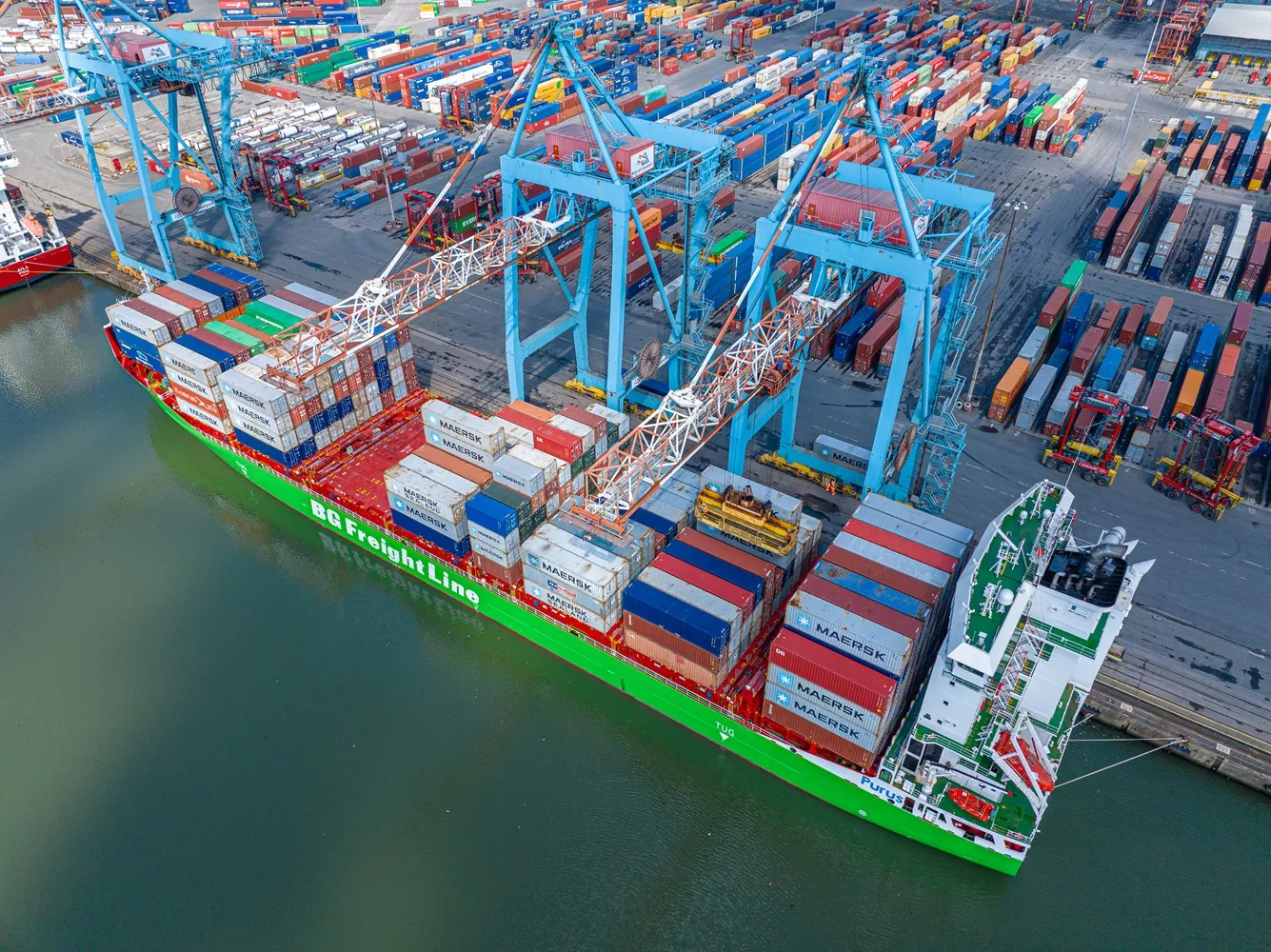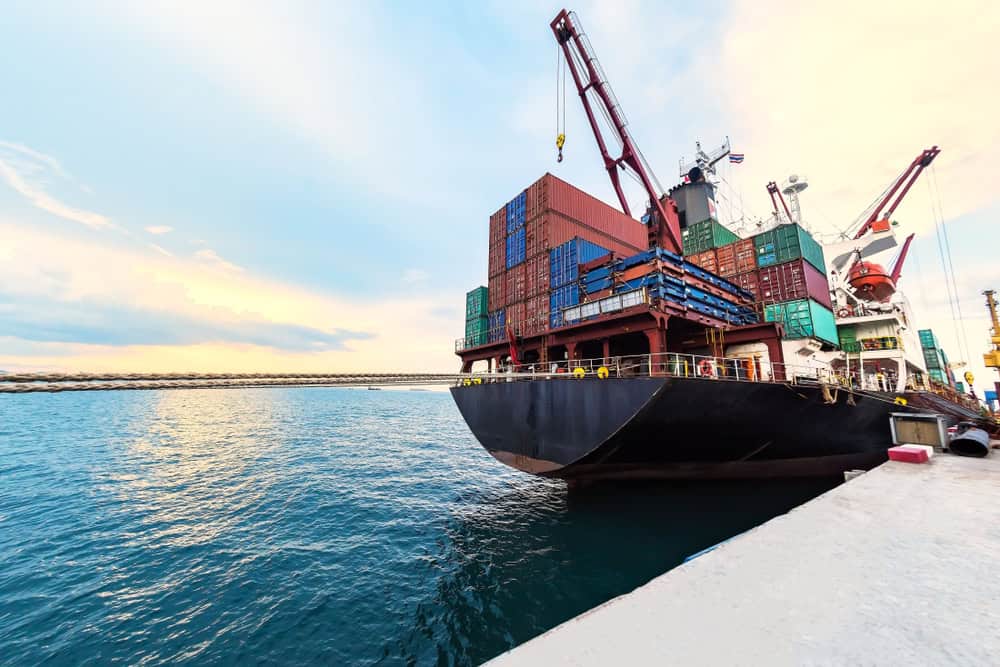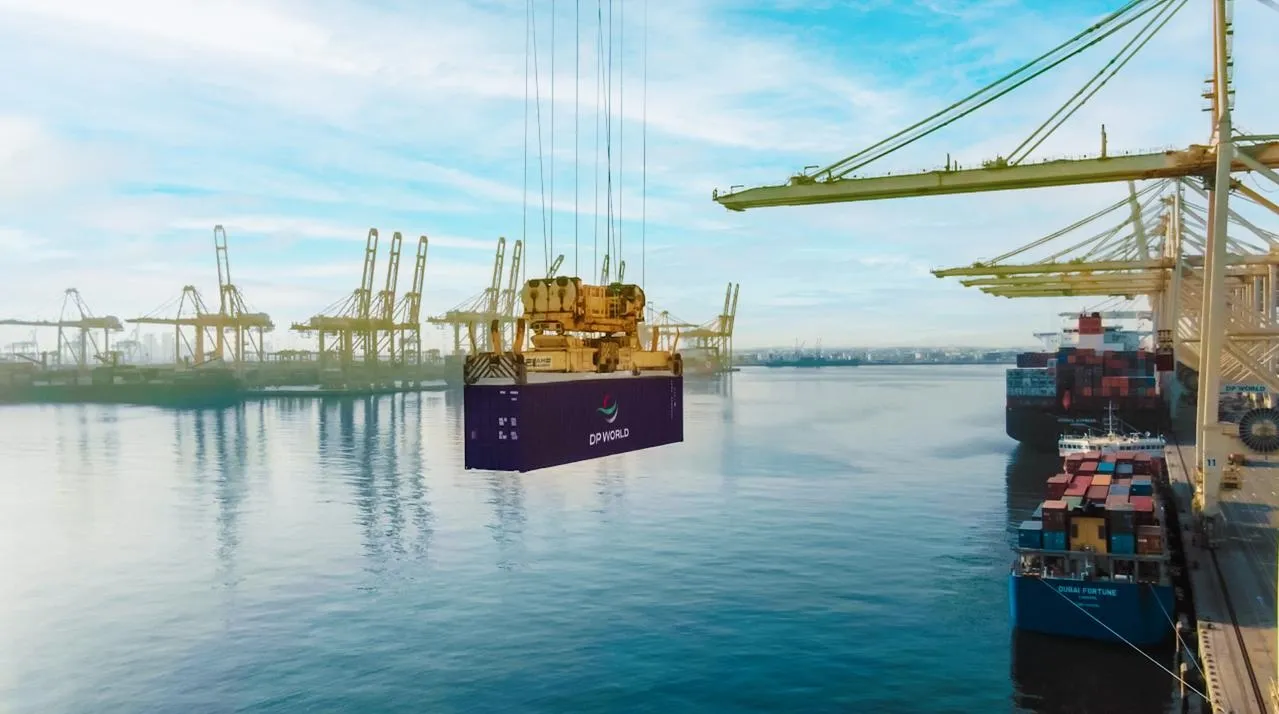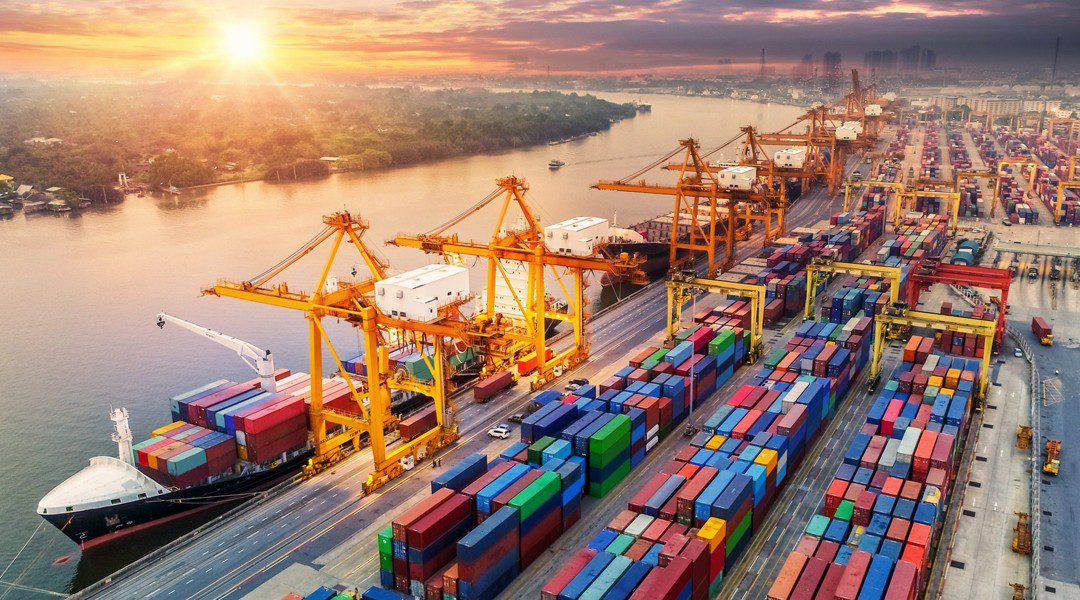French floating solar developer Ciel & Terre has rolled out its new floating solar technology, Fusio, designed to boost performance, scalability, and operational efficiency in large-scale floating photovoltaic (FPV) projects.
Building on 15 years of experience since introducing its Hydrelio system, the French company said Fusio combines a honeycomb-inspired structure with an improved cooling effect to deliver higher energy yield and lower the levelized cost of energy (LCOE).
According to Ciel & Terre, the triangular honeycomb design draws on structural engineering principles used in bridges and skyscrapers to ensure stability and even load distribution. The system’s low float footprint and elevated PV configuration increase airflow under the modules, enhancing cooling and potentially raising energy output by up to 2% in warm conditions.
“In partnership with the CEA, we are developing a numerical model to estimate this gain with greater precision based on your site’s characteristics,” the company said.
Ciel & Terre noted that Fusio supports all standard PV modules up to 800 Wp, with available tilt angles of 5 and 12 degrees. Its modular setup allows flexible array sizes and layouts, making it suitable for gigawatt-scale projects.
The design is said to reduce transport and installation costs thanks to its compact, triangular form. The streamlined production process shortens lead times, while on-site assembly has been optimized for faster deployment.
According to Ciel & Terre, maintenance operations have been redesigned through a catamaran-based system that enables safe and efficient navigation across the floating structure, allowing access to all PV panels, inverters, and cabling without the need to walk on the array. Integrated cleaning options further simplify upkeep and improve plant performance over time.
“From the conceptualization phase to market deployment, we unravel complexities and implement best practices to derive solutions. During the design phase, we do develop a lot of prototypes and test them before design freeze. We apply safety factors in our design to ensure the project lifetime,” the company’s engineers said.
The company noted that Fusio has undergone extensive validation, including wave fatigue, traction, compression, and stability testing, as well as hydrodynamic and CFD simulations.
The system is said to be built to last up to 30 years, withstand nearshore and typhoon conditions, and use UV-stabilized HDPE floats suitable for drinking-water reservoirs. Bureau Veritas is conducting an independent assessment.
The first Fusio pilot, a 100 kWp installation on a hydro-dam in India, was completed in 2022. A larger 4.3 MWp Fusio project is underway at another hydro-dam site in India, with completion scheduled for Q3 2025.
Supported by the European Commission’s Innovation Fund, Ciel & Terre said it is also developing its next Fusio project in Belgium, as part of efforts to scale up renewable generation on water surfaces across Europe.
In September, Ciel & Terre completed the 11 MWp Saint-Elix floating solar project in France for SOLVEO Energies.




